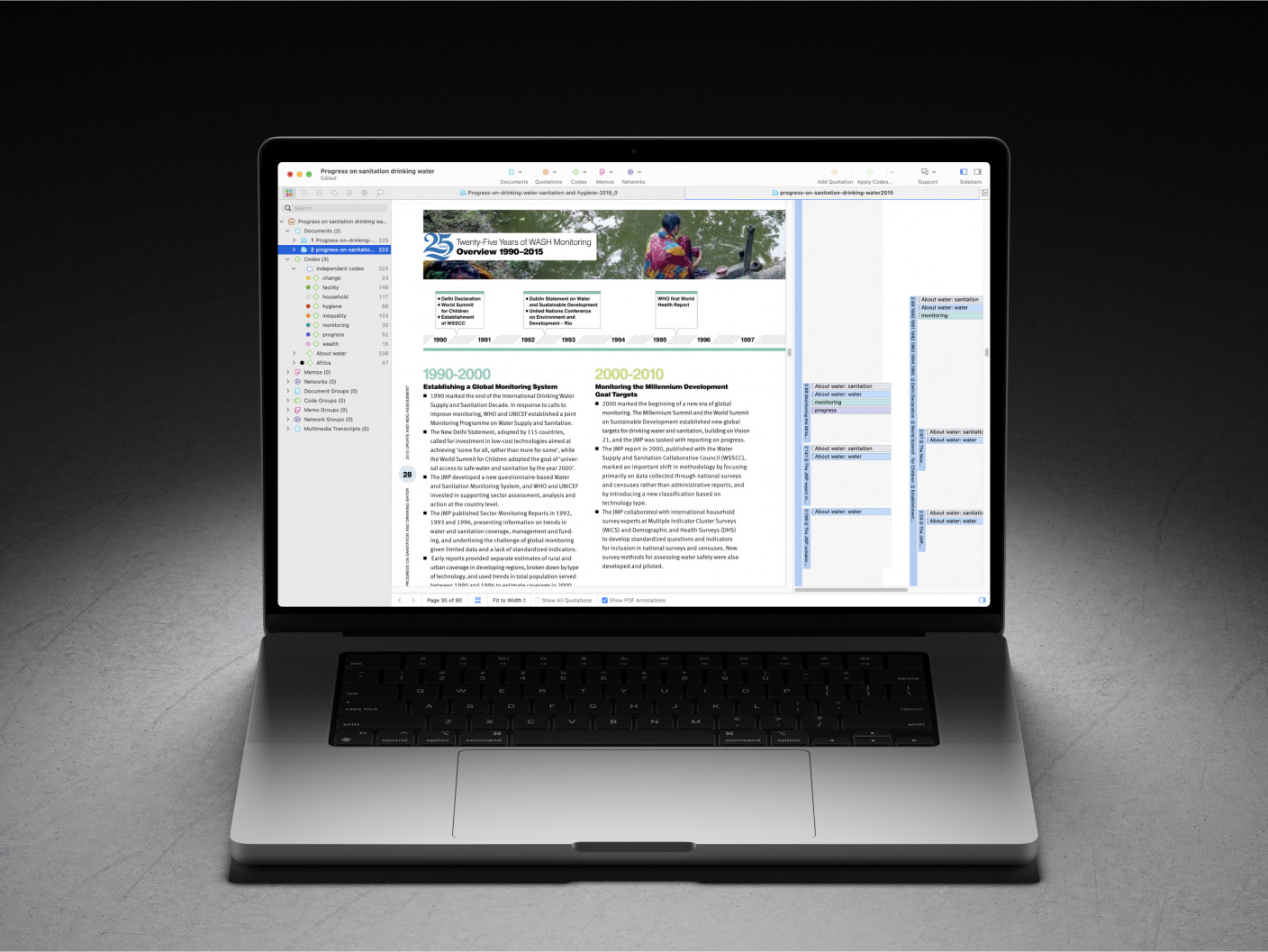Types of social desirability bias
Types of social desirability bias
In qualitative research, social desirability bias can appear in two key ways: self-deception and impression management. Self-deception occurs when participants unknowingly present an overly positive self-image, also referred to as self-deceptive enhancement. They may genuinely believe they hold certain values or act in certain ways, even when their behavior contradicts these beliefs. This bias is often unconscious and deeply tied to their self-perception. On the other hand, impression management is a more deliberate form of bias. In this case, participants consciously tailor their responses to make a favorable impression on the interviewer, often seeking social approval. This may occur when discussing sensitive topics or when participants feel judged, prompting them to provide answers they think the interviewer wants to hear, rather than their authentic views. For example, in a study on health habits, a participant might overstate their adherence to a healthy diet to avoid appearing irresponsible.
The distinction between these two types of bias is crucial in qualitative research because each requires different strategies for mitigation. Self-deception is challenging to address, as it stems from participants’ genuine belief in their responses. It often requires the researcher to use techniques like triangulation, where multiple data sources are compared to identify inconsistencies between self-reports and actual behavior. Impression management, however, can be managed more effectively by creating an interview environment where participants feel comfortable and reassured that they will not be judged based on their answers. Ensuring anonymity, building rapport, and using non-threatening questioning techniques are essential tactics for reducing this form of bias.
In practice, both forms of social desirability bias can significantly affect the quality of research findings if not properly managed. Researchers must be vigilant in detecting signs of biased responses and use thoughtful, well-designed strategies to minimize their impact. By understanding how these biases operate and adjusting the research approach accordingly, the data collected can better reflect the participants’ true behaviors, beliefs, and experiences.
How to detect social desirability bias
To detect social desirability bias in qualitative research, it is important that researchers attune to verbal and non-verbal indicators of bias in participants’ responses. According to Bergen and Labonté (2020), several key cues help in identifying this bias. These include outright denial of known issues, providing vague or incomplete answers, overpraising authorities, and exhibiting nervous behaviours. Each of these can signal that participants are attempting to present themselves or their communities in a more favourable light than is accurate.
For instance, in their study conducted in rural Ethiopia, the researchers noted that when participants were asked about common challenges, they often denied the existence of problems that had already been identified through previous research. In one example, women insisted that all births occurred in health facilities, even though home births were still widely practiced in the region. This immediate dismissal of challenges was a red flag for the research team that social desirability bias might be influencing the responses.
Another key signal of bias was the use of vague or partial responses, also known as paltering. For example, when religious leaders were asked about their roles in promoting community health, some would respond with generalities such as “we have a role” without offering any concrete details. This avoidance of specifics, especially on sensitive or controversial issues, is a common indicator of social desirability bias, as participants may wish to avoid admitting shortcomings or expressing potentially unpopular views.
Excessive and repeated praise for government programs or initiatives was another recurring theme. Participants would often go beyond answering the question to provide unprompted praise, such as expressing thanks to the government for improving health services, even when the study focused on barriers to healthcare access. This exaggerated positivity suggested that participants might be aligning their responses with what they believed the researchers, or their communities, wanted to hear rather than their true experiences.

Non-verbal cues also played a significant role in detecting bias. Nervous body language, including avoiding eye contact or shifting in their seats, was noted in participants who seemed uncomfortable with certain questions. For example, when asked about the involvement of local political leaders in community health, participants often exhibited signs of discomfort, which could suggest that they were censoring their answers to align with social norms or expectations.
Additionally, the research team observed inconsistencies in participants’ language use. In some cases, respondents used vocabulary that appeared out of place for their educational level, likely because they had been briefed or coached on what to say by local health workers. This was a strong indication that their responses were influenced by external pressures, likely aimed at presenting the community in a positive light to outsiders.
A pattern emerged throughout the study where social desirability bias was most prominent at the beginning of interviews or focus group discussions but tended to diminish as participants grew more comfortable. This highlights the importance of building rapport early in the interview process, as participants who feel at ease with the interviewer are more likely to provide candid responses. Bergen and Labonté (2020) found that as participants grew more familiar with the interview process, their responses became more reflective of their actual experiences, indicating that establishing a trusting environment can help mitigate bias.
In sum, detecting social desirability bias involves paying close attention to both verbal and non-verbal signals, as well as looking for patterns of inconsistency in responses. Researchers need to be aware of these cues throughout the data collection process and use probing techniques or rapport-building strategies to encourage more genuine responses. While bias can never be fully eliminated, careful attention to these signs can help researchers identify and address its presence, leading to more insightful data and insights.

